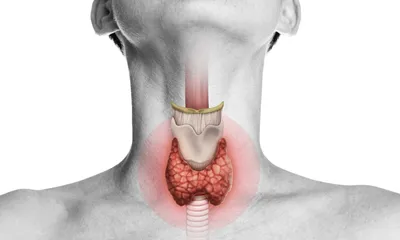How to deal with low levels of Sleep Deprivation

Best options for dealing with low levels of sleep deprivation
Lack of sleep or low level sleep deprivation is something that a lot of people go through and can often be chronic. It is something that people just overlook and just accept. Unexpected stress, a crying baby, or just nerves could easy ruin your sleep and make it impossible to get back to bed.
When deciding on a method to tackle your sleeping problems there are a few options you should keep in mind.
When are you classified as sleep deprived or just tired?
Wondering if you are staying up too late too often? Here are a few symptoms that you should watch out for:
Increased appetite: Food = energy, the longer you’re up, the more energy you need.
More Impulsive: You become more unhinged and tend to lash out more.
Memory Leak: You tend to not remember things quite well because you’re not paying full attention when you are tired.
Less Reaction Time: Slower reaction time and ability to make quick decisions.
Decreased Motor skills: Ability to make precise muscle movement goes down.
Emotionally distressed: things that wouldn’t normally bother you tend to be amplified.
Micro-sleep: You start nodding off without your control. Micro-sleep could be dangerous depending on the task you are nodding off to. You may notice it when you get up in the morning and dream that you are awake, but you are actually still in bed.
Other indicators are that you look sick and rundown. It is important to keep in mind that feeling some of these symptoms after a rough night is normal. It becomes worrisome if you start to witness all of these symptoms. Another factor of low level sleep deprived is slipping into a restless REM sleep.
What is REM sleep and how does it affect my sleep?
Rapid eye movement (REM) sleep can be considered as active sleeping. This means that your brain activity is higher and your eyeballs are visibly moving while your eyelids are shut. It comes in cycles and can be often disruptive to your sleeping causing you to awake after a cycle. This can be extremely harmful to your ability to get a deep relaxing sleep.
What happens if you constantly have to stay up and you have the misfortune of always being in a sleep-deprived state?
Here is a list of ways you can deal with the symptoms of low level sleep deprivation that might work for you.
Pick-me-up foods/drinks:
For the regular folk who don’t have to deal with screaming babies or cramming for a test, there are things we can eat and drink to provide temporary energy.
Most people will agree that drinking coffee or something caffeinated will give them the boost they need, at least for a few hours. It’s a good idea to do this in the morning rather than at night where it could actually hurt your chances of sleeping.
Another way is to eat healthily. Fresh fruits and eating light can give you a citrus boost without the bloating feeling.
Ice cold water is another great way to give you some energy, if you drink it periodically it can provide a few hours of regular pick-me-ups.
Psychological pick-me-ups:
Tech Solutions One trick is to set your alarm clock 10-15 minutes before the actual time you need to get up. This will allow you to slowly get up.
If you put the alarm in a spot where you need to get up and shut it off, it forces you to get up and turn it off. You will probably be more angry than tired, but hey, it does the job.
There are apps you can get that track, monitor, and help you get to sleep. They offer blue light, white noise, and smart alarms.
Smart watches are another way track your sleep pattern but they allow you to monitor your heartbeat, time your REM sleep and pretty much pull in all the data you need to find out where you’re having troubles sleeping.
Of course, the real solution to all your sleep deprived symptoms is to actually get sleep. A great way to gain some energy back is to take power naps.
For some, this is easier said than done. Even if you take a 20 minute break at work and just put your head down and close your eyes, it does help.
There are three different types of naps you can attempt:
Planned napping: Taking a nap before you actually get sleepy. If you get to sleep, this helps prevent you from getting tired earlier.
Emergency napping: This is when your level of tiredness is affecting your sleep. Taking a short 20min nap will reduce drowsiness or fatigue.
Habitual napping: It’s the idea of afternoon naps or siestas. This is great if your work or activities permit the time to sleep, but may be hard to pull off.
Napping space: Find a small quiet area with little noise or distraction.
The Cure
The best way to deal with low level sleep deprivation is to, of course, catch up on your sleep! Nothing beats what your body actually needs. So, be sure to notify those around you and try not to just brush it off. Sleep is important and should be taken seriously. It is better to be rested so you can work better and be happier. If your low level sleep deprivation continues, it is important to tell your doctor. A medicated solution may be needed.
Canpharm offers a great selection of sedating pharmaceutical prescription drugs like amitriptyline which helps you stay asleep.


